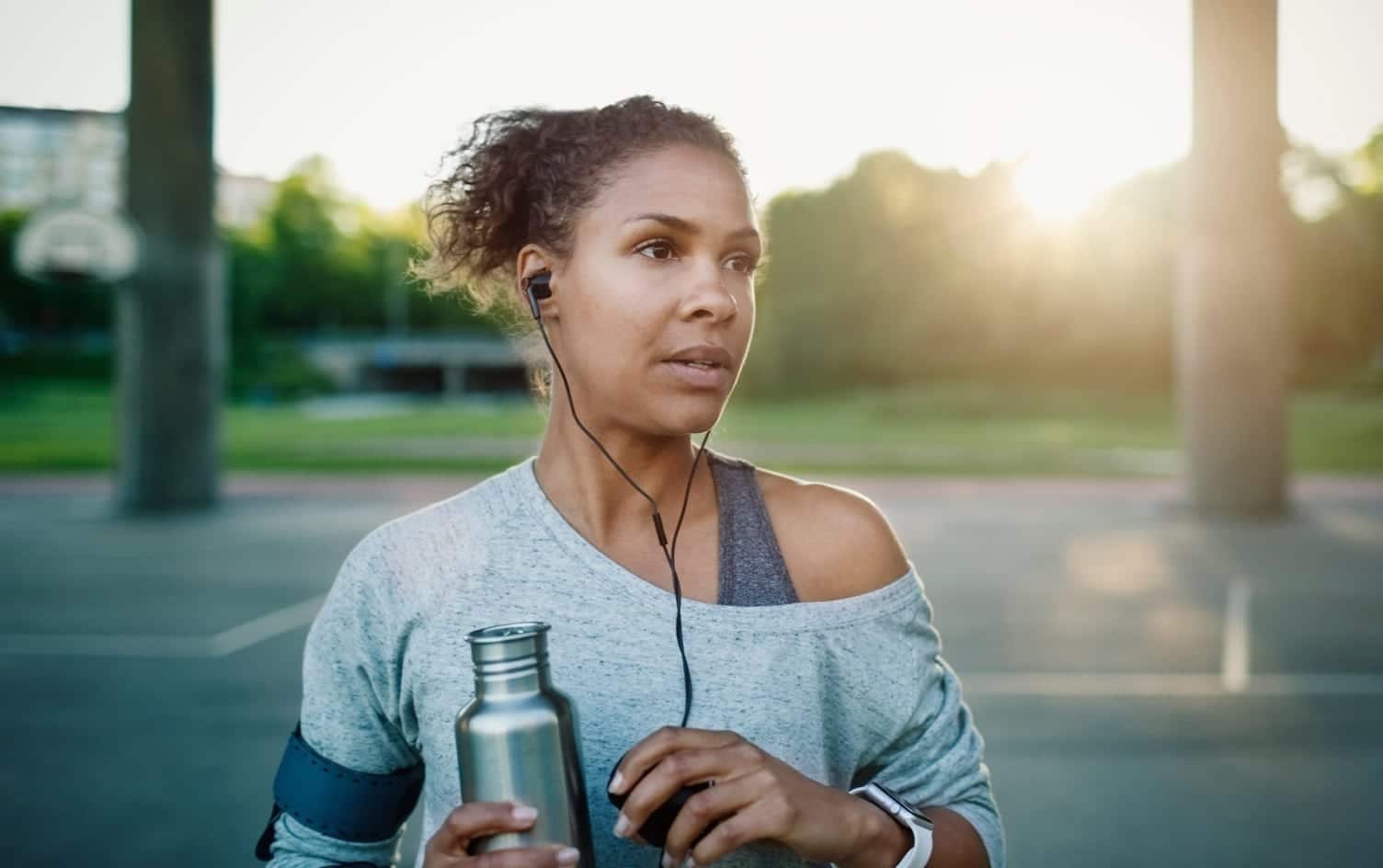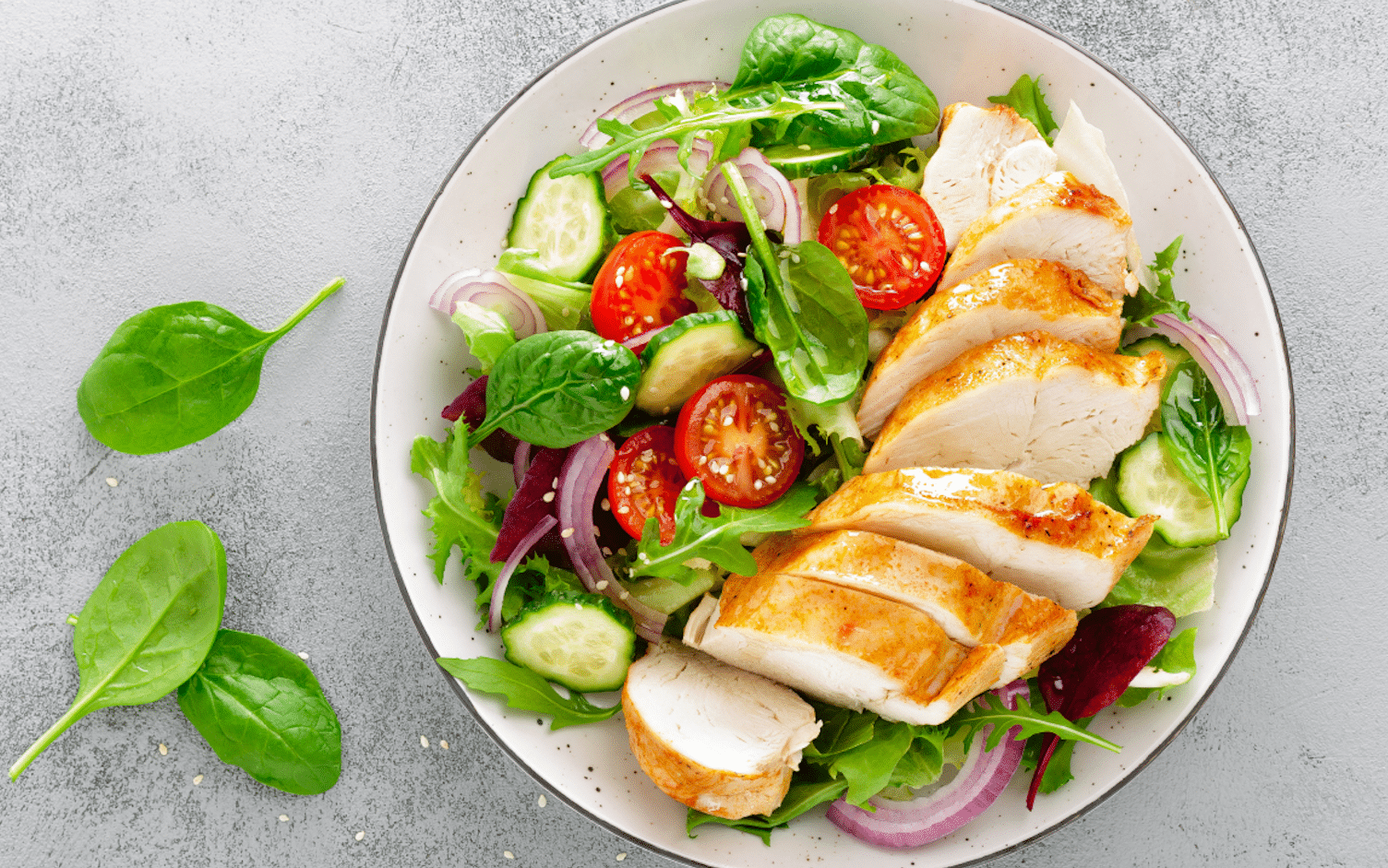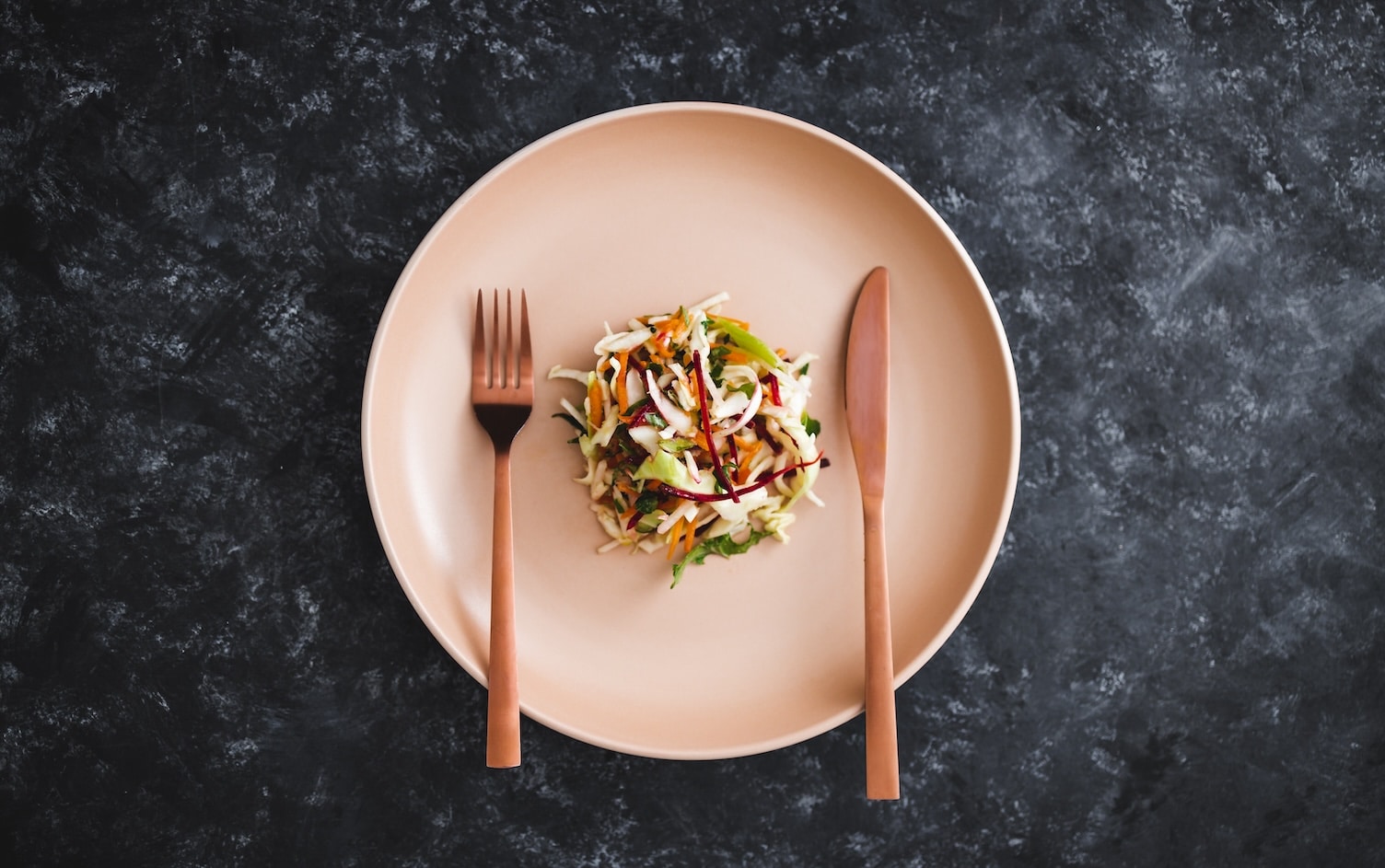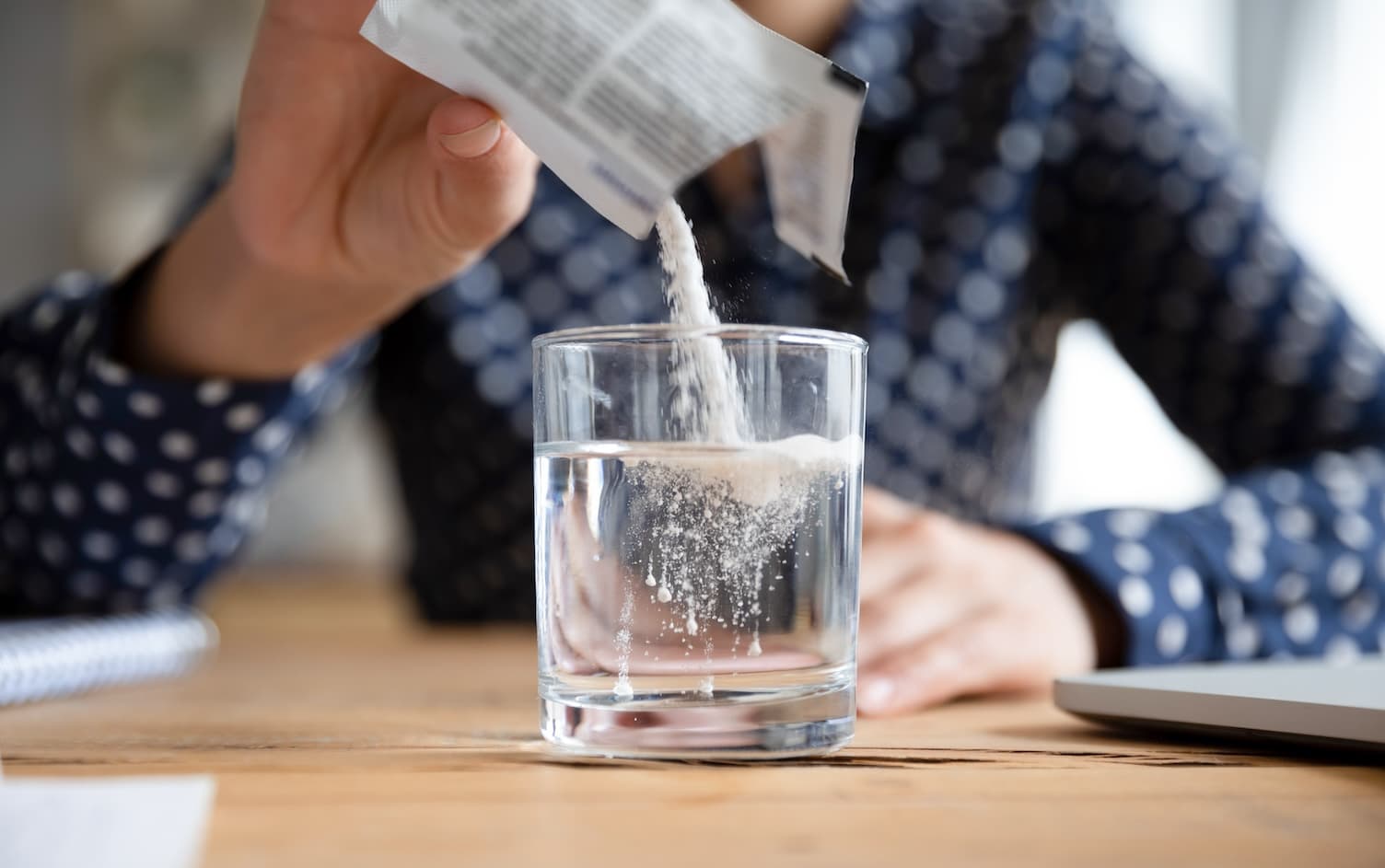There’s a lot to be said for the consistency you build around working out in the morning. Aside from the initial discomfort of getting out of bed, it really doesn’t disrupt your daily flow much: You simply wake up, have a quick snack (or coffee), hit the training session and resume your normal daily activities.
Of course, not everyone is a morning person and not all activities (like group classes) are available at sunrise. Afterwork and evening workouts provide no less benefit than a morning sweat session, but they can throw off daily patterns, especially when it comes to eating. Think about it: Going straight from the office to the gym can push dinner time from 6 p.m. to 8 or even 9 p.m.
This presents four issues:
- Going too long without food
- Being so hungry by the time you eat that you overeat
- Eating a large meal too close to bedtime
- Gastric distress
GOING TOO LONG WITHOUT FOOD
When you go several hours, typically beyond four hours, without eating, it causes blood glucose to drop. If it drops too low, you begin to feel side-effects of hunger: crankiness, stomach rumbling, headache, shakiness and others.
If your lunch break is at noon and you go into a training session at 5:30 p.m. without eating, you’ve gone too long. Having low blood glucose in a workout can jeopardize the quality of your performance. Waiting until you get home to eat can hinder training gains and recovery. It also sets you up to overeat after your workout. Prevent this by packing a small, nutritious snack to consume in the late afternoon. This helps provide energy for your training session and keeps your body from getting too hungry before dinner.
BEING SO HUNGRY THAT YOU OVEREAT
This is typical when you let the previously discussed situation occur. When your body is too hungry from going too long without energy and nutrients, it makes up for that by eating everything in sight when the opportunity arises. It’s easy to justify the post-workout binge, but you are likely consuming much more than your body needs, even after the calorie-burning session. Avoid this by having a pre-workout snack or being prepared with an immediate post-workout recovery option.
EATING A LARGE MEAL TOO CLOSE TO BEDTIME
Congrats on getting that workout in! However, now it’s 8 p.m. and you just got home and still need to prepare a meal and eat. With bedtime looming a couple hours away, now isn’t the time to eat a large meal. There is no need to fuel your slumber, and a large meal so close to bedtime can disrupt sleep. This doesn’t mean you should skip dinner, of course, but the meal should be a smaller portion — and preparing it in advance helps prevent further delay of eating. Calories should be put into the earlier part of the day when the energy can be more efficiently used to fuel activity.
GASTIC DISTRESS
A fourth issue common among those who work out late in the day is gastric distress. This is caused by eating foods at breakfast and lunch that do not support a good gastric environment for being physically active. A veggie-loaded lunch is wonderful, unless you’re going to be running a few hours later. The bulk is difficult to digest, causing distress and discomfort. This fiber load slows nutrients (and energy) from being readily available for your workout which limits how well you can perform. Foods consumed leading up to the workout should be easy to digest and provide enough carbohydrates for good performance. After the workout, meals can return to a focus on fiber-rich complex carbs, vegetables and protein.
Reference the sample meal plan provided to get a better idea of how to structure your intake on late-workout days.

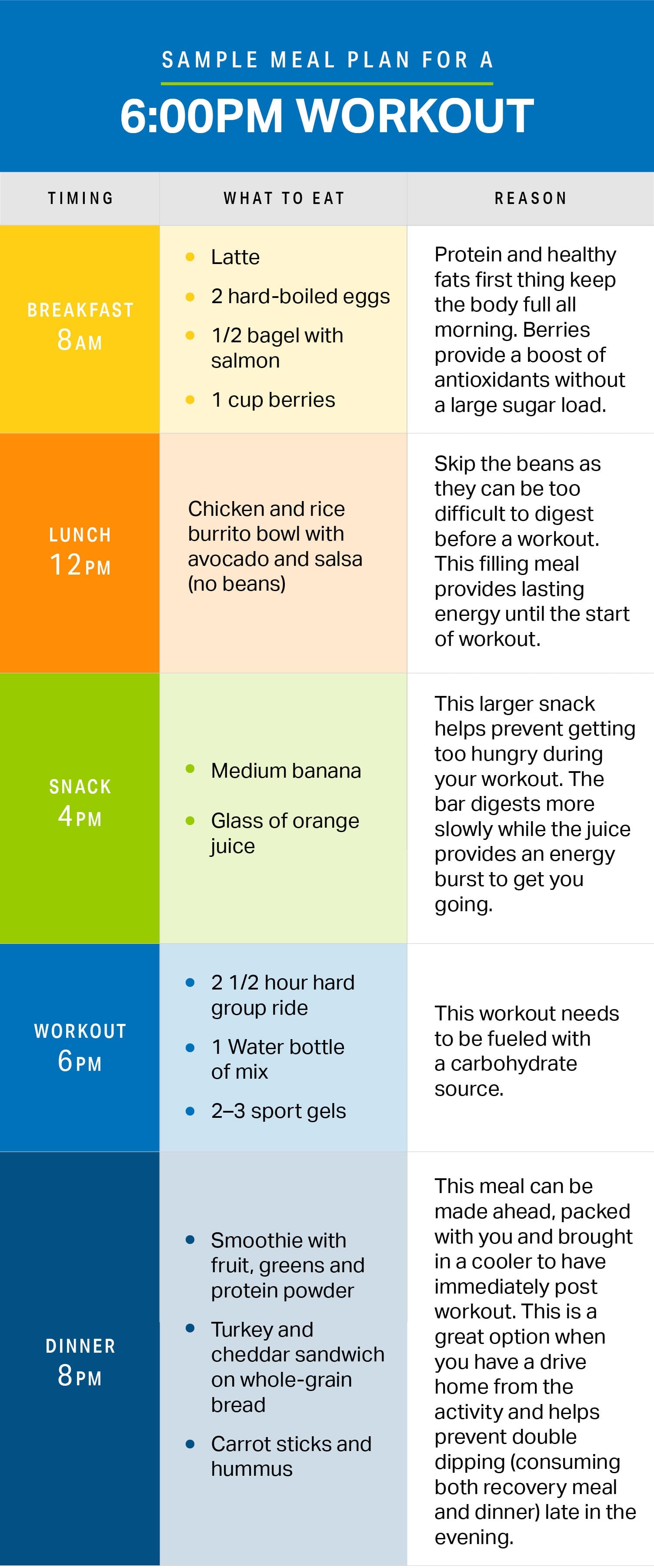
Following these tips and strategies can help keep your late-day workout from disrupting your nutrition and overall health. Of course, everyone’s situation is unique based on actual workout completed, goals, body composition and other personal factors which require slightly different, individually tailored recommendations.
